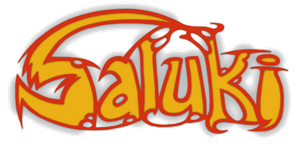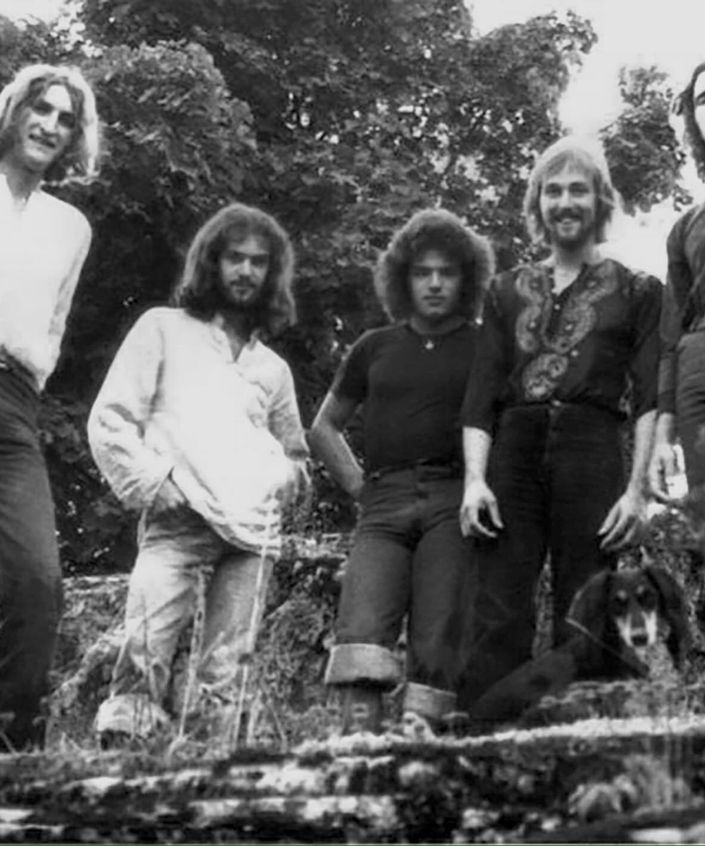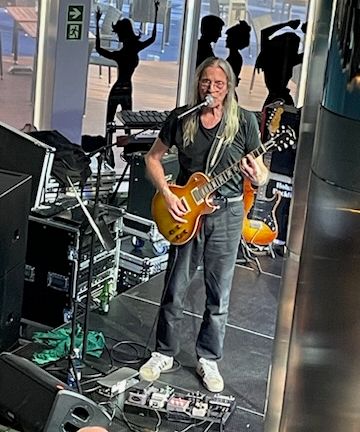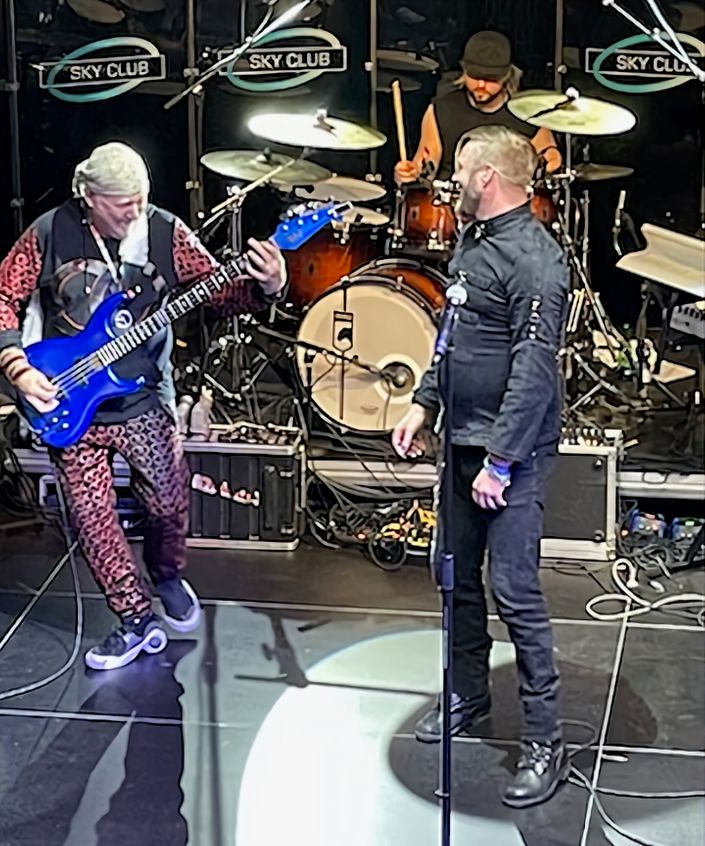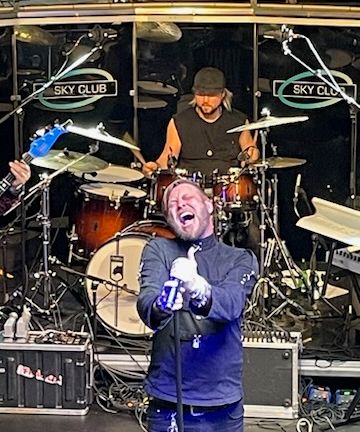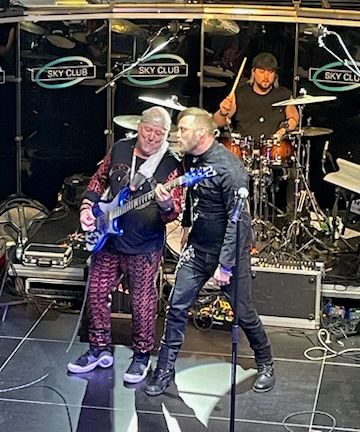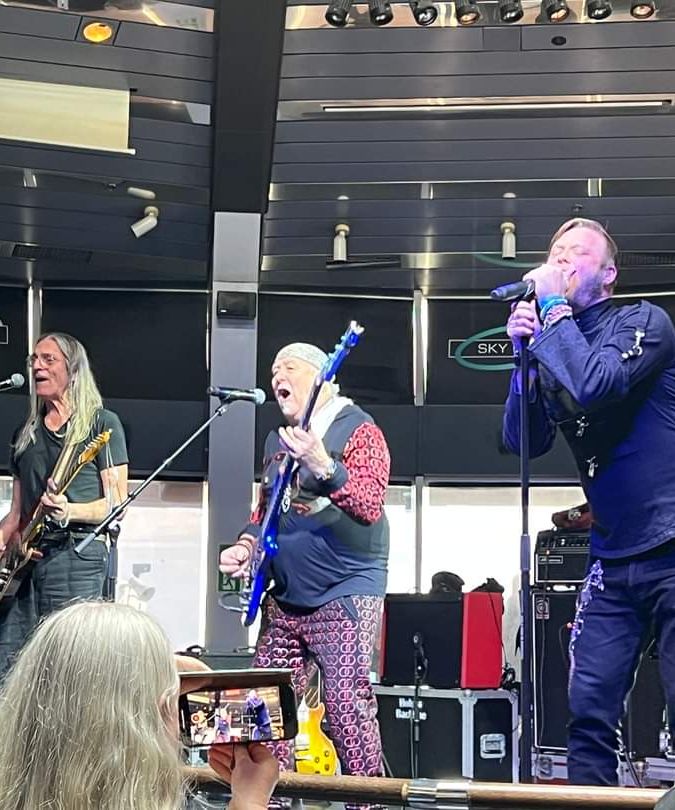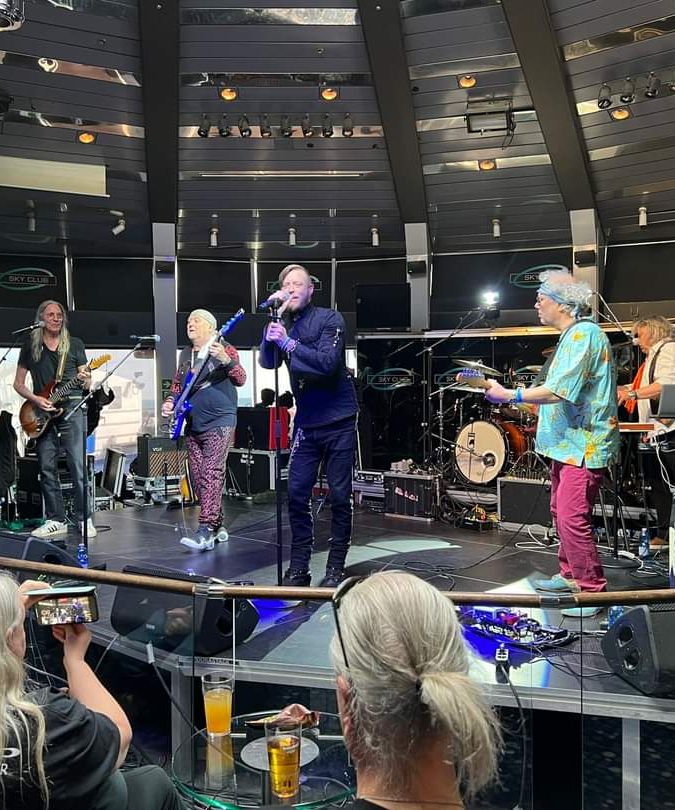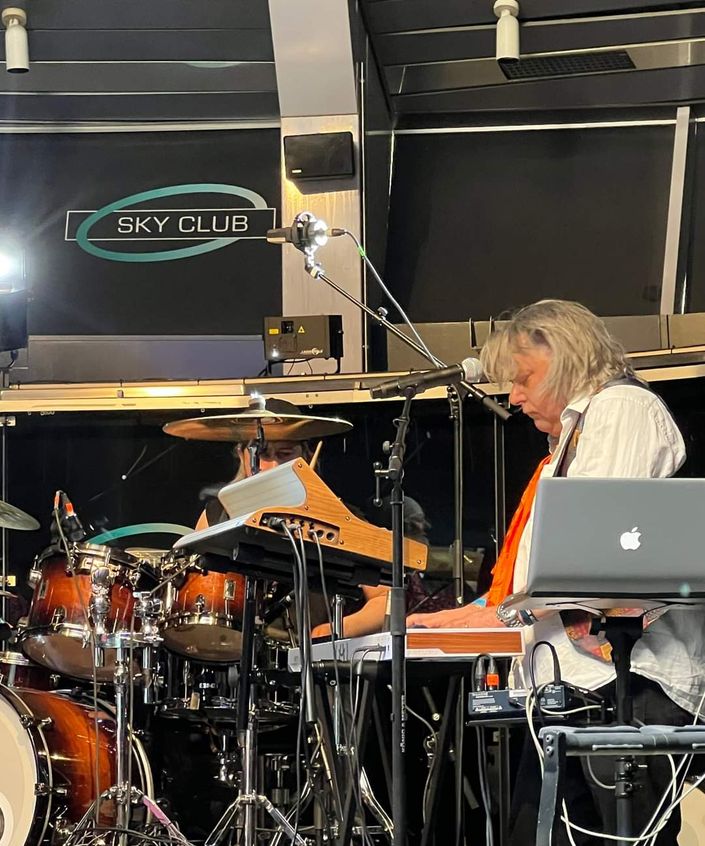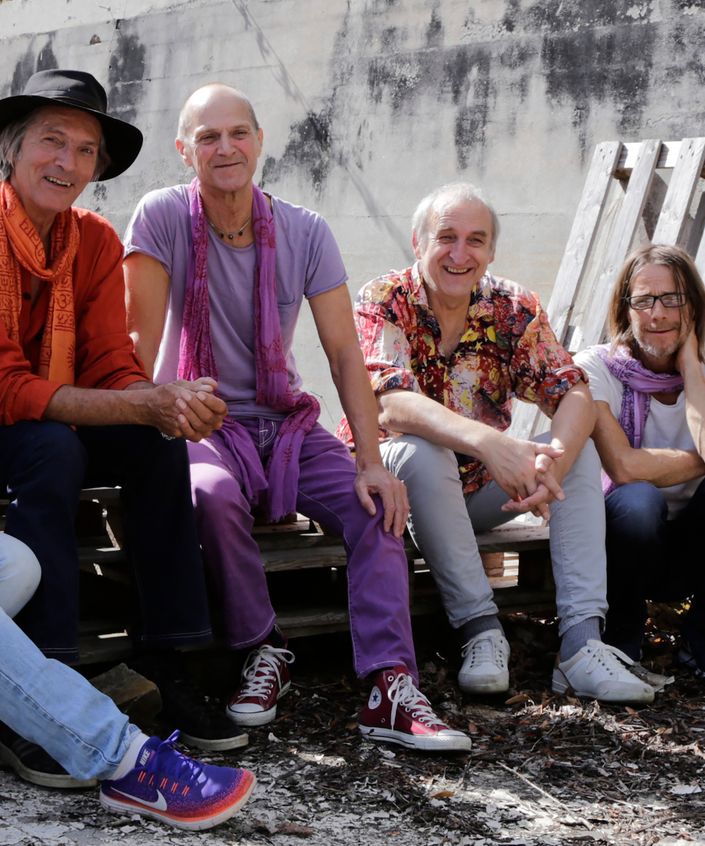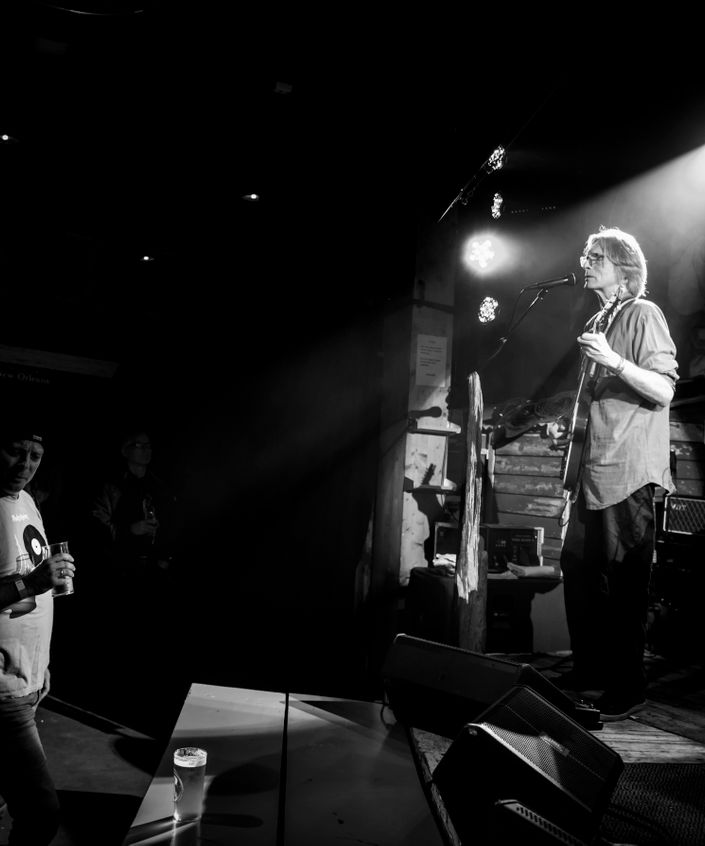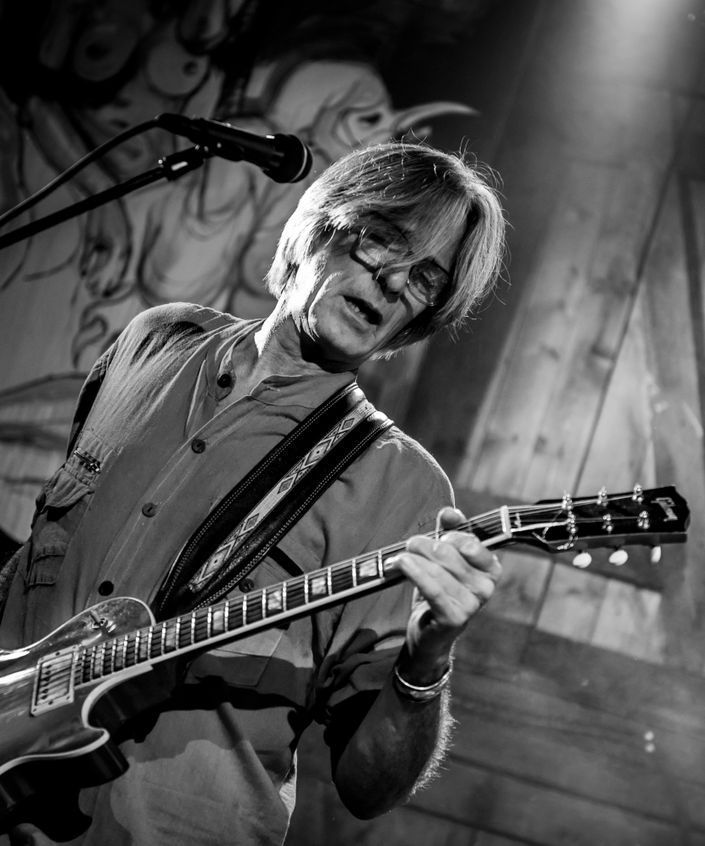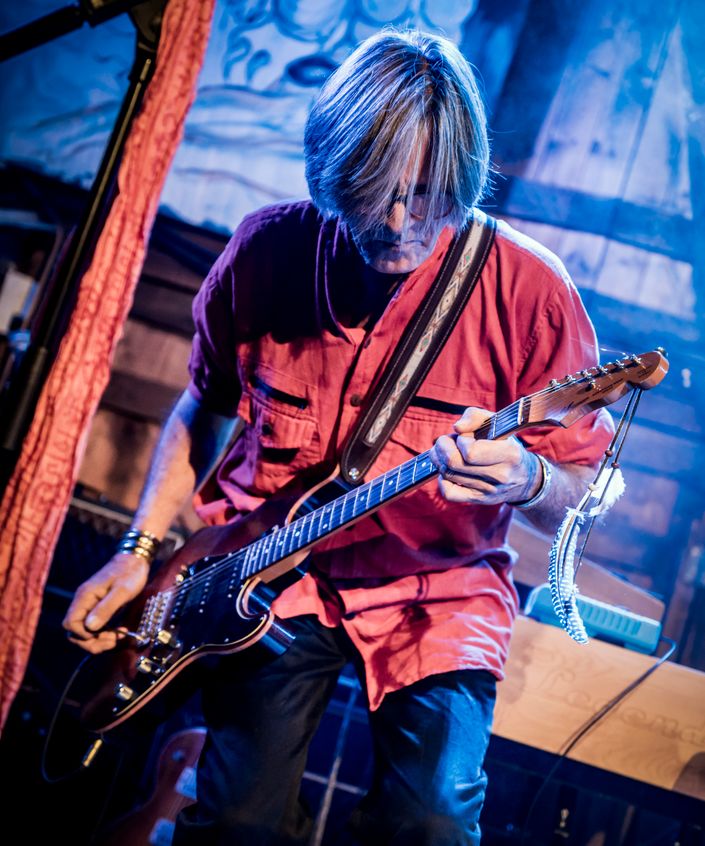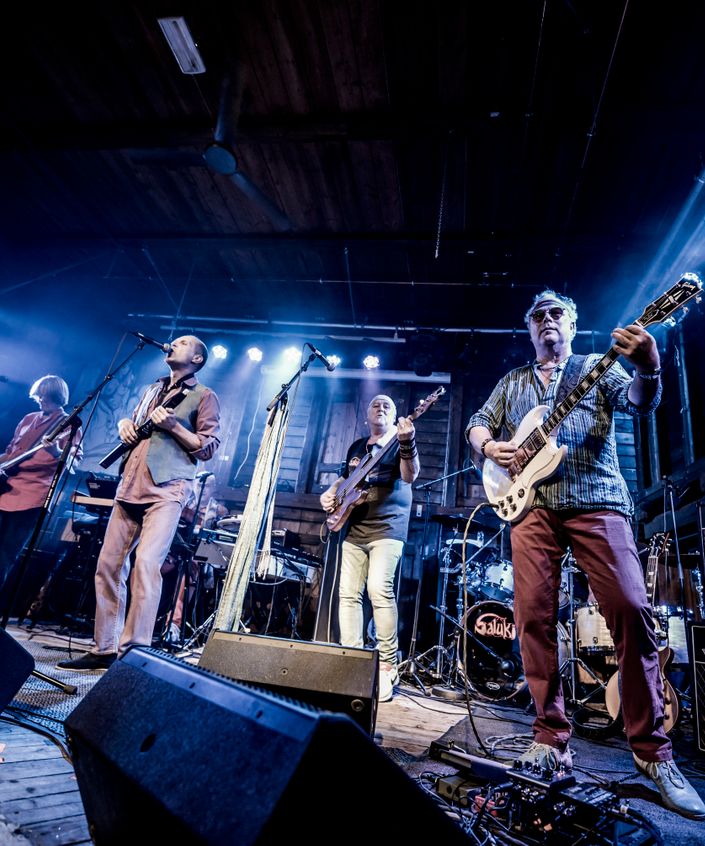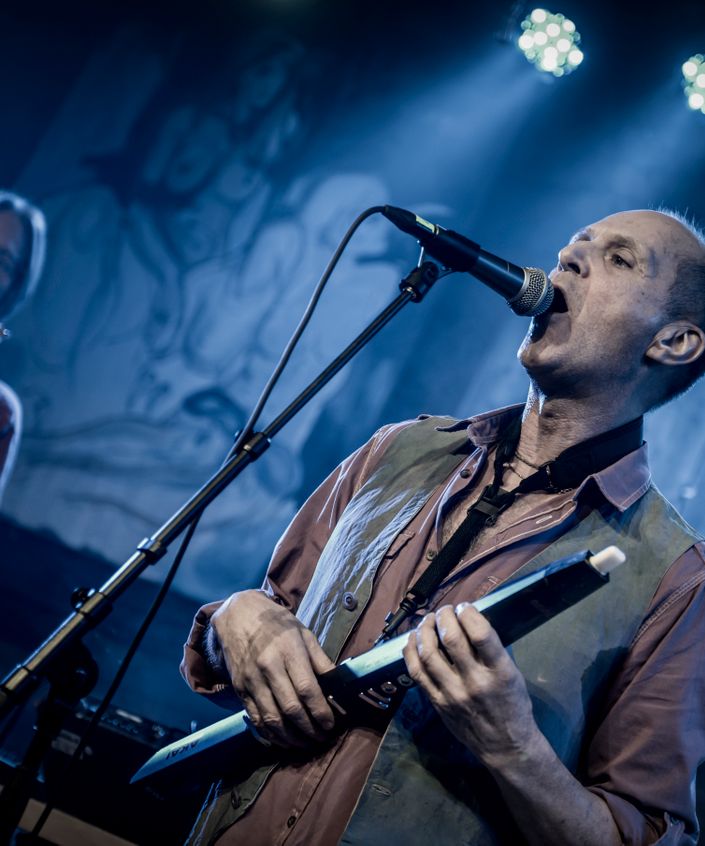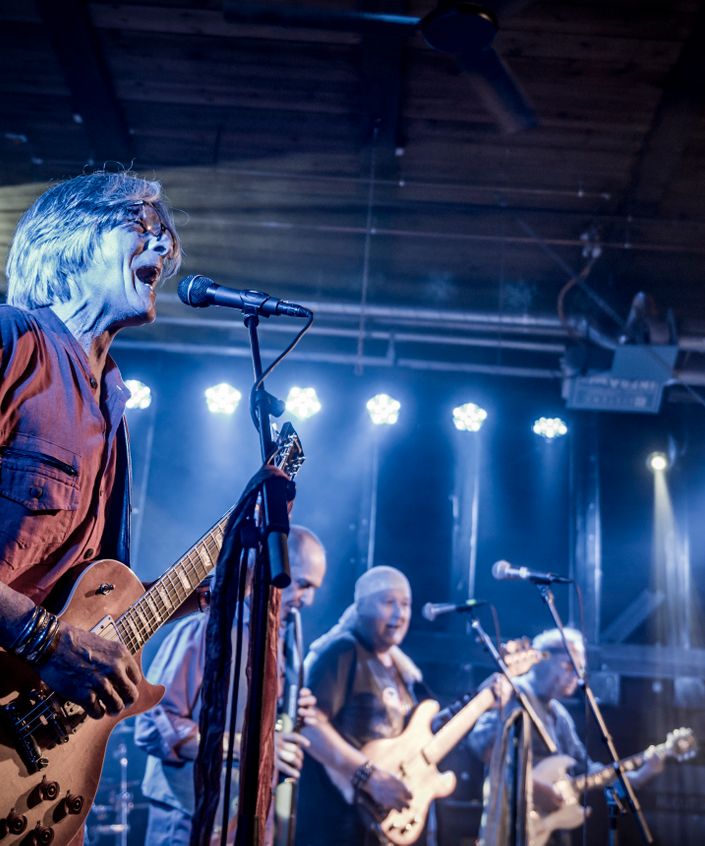A powerhouse of smooth sound and playing pleasure
THE STORY SO FAR
When you’re a record collector with a keen eye on the Norwegian music scene from the sixties and seventies, Compendium Records has a special place in the collection. Compendium was Norway’s first alternative record store, book store and label, named after a book store in London. They focused on progressive music like jazz and art rock. Compendium was run by Frode Holm, Gunnar Skogen and Jomar Johansen, three heads from the hippie scene in Oslo. They had come up with a brilliant plan, consisting of selling albums cheaper than other record stores by importing albums directly from England. Pretty clever. The store and label were open for business in an intense three year period between 1974 and 1977. The label released 10 classic albums from artists like Hugh Hopper (of Soft Machine fame, the Compendium crew’s favorite band), Karin Krog & Archie Shepp, Vanessa and the jazz rock- super group Blow Out (consisting of Håkon Graf, Jon Eberson, Jon Christensen and Sveinung Hovensjø). They also had (and still has) Norway’s prettiest label design. If you want to dig deeper into Compendium’s brilliant back catalogue, check out the anthology «Compendium Records – Norway’s First Progressive Record Store & Label», released on Plastic Strip. The jewel in the crown of the label’s back catalogue is the eponymous album from the progressive jazz funk band Saluki, released in 1977. «Saluki started when Peter Berg Nilsen (today known as Peter Alois Symington), Even Stormoen and I played together in our teens», explains Ginn Jahr (formerly known as Sverre Beyer). «We briefly had a band called Feil Blomst (Wrong Flower). Freddy Dahl and I went up north in Norway in 1975 to visit Finn Sletten, who at the time played drums for the band Satans Horn (Horn of Satan»). Freddy Dahl was a kind of a big deal at the time, having played with Junipher Greene, Ruphus and George Keller Band. «Freddy, Finn and I played a gig under the name Satans Blomst (Flower of Satan, of course) and it sounded amazing! We asked Peter and Even if they wanted to join us. They both said «yes» immediately, even though Even had to quit right after. This paved way for Kjell Rønningen on keyboards. The band then consisted of Freddy Dahl (vocal, guitars), Peter Berg Nilsen/Alois Symington (vocal, percussion), Sverre Beyer/Ginn Jahr (bass, vocal), Kjell Rønningen (keyboards, vocal) and Finn Sletten (drums). Jahr continues: «The band was named Sundance, but we found out that there already was a Norwegian dance band with the very same name. We got an offer to play at the Slottsfjell festival in 1976 instead of Terje Rypdal’s Odyssey band, they had to cancel their concert. The show was coming up and we were thinking of what we should call the band. Sletten’s Saluki dogs were as usual running freely around and disturbing us, so I said «get down, you god damned Saluki» and someone said «hey, why not Saluki? ». «Sletten left soon after because he had too much work lined up, so we recruited Bjørn Jenssen, who Freddy knew from earlier. We met him at a Billy Cobham concert and asked him to come and audition for us. He said «yes» right away, but he had to ask him mom first since he was barely 17 years old at the time. Bjørn had only played with us a week before the Slottsfjell festival». In the spring of ’76 the whole band moved to a large house outside of Oslo, where they could rehearse, write songs and live together. Jahr: «We rented a large house in the middle of nowhere, with a huge garage that fitted perfect as a rehearsal space and place to hang. A lot of people gathered there and also came to round to rehearse and jam. We lived there for four years”.
The band signed to Compendium right after the Slottsfjell show and started recording the album in October ‘76. Jahr: «The recording sessions were done at Bjørn Lillehagen’s home, he worked for legendary record mogul Arne Bendiksen as an audio engineer. He built an 8-track studio in his basement in Oslo (the early beginnings of Bel Studio). The recording went quickly; it took about two weeks if my memory serves me well. The process was quite simple really, since we only had eight tracks to record on. Backing tracks were recorded on eight tracks, mixed down to two tracks. The vocals, backing vocals, horns and solos recorded on the remaining six tracks. Quick and easy, everybody was more than pleased with the result.
«Saluki» was released on the 30th of March 1977 and was produced by Freddy Dahl and Erling Jørgensen. The album consisted of eight tracks of advanced, ambitious and extremely well played jazz funk. «Come down» is an exhilarating opening track where the band really shows off their skills. An underrated rare groove classic where Jahr’s funky bass playing stands out with Dahl’s guitar dueling for attention with Rønningen’s keyboards. There is little doubt that these boys can play. Sylvi Lillegaard from Ruphus joins on backing vocals on the track. «The awakening» has a smooth and pleasant Steely Dan-esque sound, typical of its time. Side A closes off with the funk fest that is «Love to the sun». Side B keeps on rolling with «Uranus in Cancer», a title that says a lot of the mind frame of the band and what they were aiming for. The 10-minute instrumental «Hidden path III» is a real tour de force that makes you want to catch your breath when the song ends. The album’s final track is a re-recording of «Take the road across the bridge», a song that Dahl wrote when he was a member of Junipher Greene and features on the band’s classic album «Friendship» from 1971. My humble opinion is that the Saluki-version is even better than the original. The tempo is quicker, loads of funky horns are added and it features a lot of great drumming from the wunderkind Jenssen. The transition from hairy prog rock to funky Latino jazz works like a charm. The track also has great backing vocals from previously mentioned Lillegaard and Norwegian jazz legend Radka Toneff.
When Dahl and Jahr starts to explain what they were listening to during this period and what inspired them, the sound on «Saluki» makes perfect sense. «We listened a lot to Chick Corea and Return To Forever, Mahavishnu Orchestra and Earth Wind & Fire’s «Gratitude». And of course we listened to Carlos Santana’s «Caravanserai» and «Borboletta». Everyone in the band had heard a lot of jazz from the sixties, like Sun Ra, Wes Montgomery, Jimmy Smith, Dollar Brand, Miles Davis, Pharoah Sanders, Cannonball Adderley and Joe Zawinul, who later started Weather Report. Plus everyone that played at Club 7 (the legendary club in Oslo). Jazz has always been a great inspiration for us. Jahr agrees: «We listened to a lot of Santana, which everyone in Saluki saw together in Gothenburg. The support band was Earth, Wind & Fire who became a huge inspiration. Other things we listened to during this period were Zappa, Traffic, Pink Floyd, Moody Blues, Yes and King Crimson».
The band toured comprehensively both before and after the record was released. They toured in Germany, the Netherlands and Denmark and of course Norway, but they never got the big breakthrough. Saluki also recorded a follow-up album for Compendium in the summer of ’77, but it never got released because of Compendium went bankrupt the same year. The album is mixed and done, but it has been lying on the shelf for 40 years. Jahr: «The second album was recorded in Scanax Studio in Oslo. The process was time consuming because of an overly experimental audio engineer. We thought that it was exciting and fun at the time. Later we found out he charged us by the hour, which is needless to say not cool. There were huge discussions and disagreements, and the tapes
were not released to us until years later. The tapes are now in our possession and we’re looking into what we can do with them». After Compendium went belly up, the band slowly dissolved. Jahr: «We played a lot of gigs, but the economy was terrible, our families cried out for more stability and particularly Bjørn got a lot of offers from other bands, so we called it quits in the spring of ‘78». Dahl went on to new challenges with Terje Fjerns Danseorksester, Alois Symington played with Celeste, Rønningen and Jenssen joined Ruphus, while Jahr joined a convent.
The 30th of March, 2017 marked 40 years to the day the album was released and it was celebrated by a reunion concert at Oslo Konserthus. Dahl: «We started playing again because we have a trove of songs which still sound amazing 40 years later. Personally, I just love Alois Symington’s songs. He sings the majority of the songs and is one of a kind. I especially love the polyrhythmic aspects. Jahr: «I thought a reunion would be a great idea because of the 40th anniversary of the record. We’re all still friends, so it was no problem getting the band back together. Bjørn said thanks, but no thanks because he lives to far away. A part of why there haven’t been any earlier attempts of a reunion is because I’ve been in a convent the last 33 years!»
The response after the comeback shows has been euphoric and the band is ready for new adventures. The album has finally been given the care it deserves with a beautiful remastering and the royal Round 2 Records treatment. Even though the band and the album didn’t get the attention and credit they deserved back in 1977, things are looking mighty fine 40 years later. A big thank you to Freddy and Ginn for giving me a unique insight in the world of Saluki. David Jønsson, september 2017.
